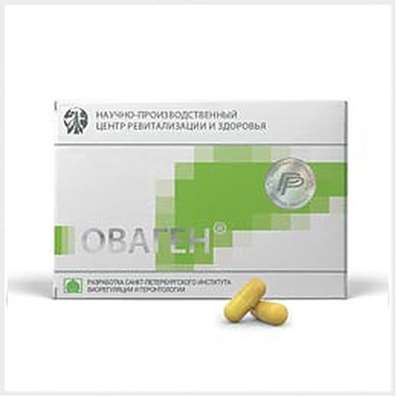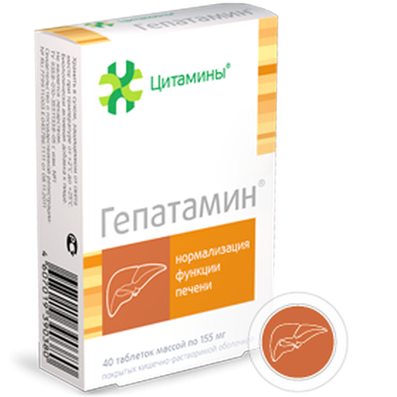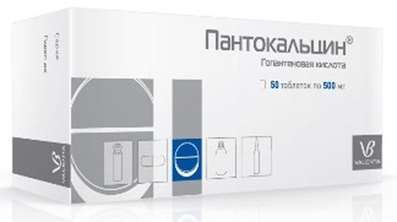Instruction for use: Acylpyrin
I want this, give me price
Active substance Acetylsalicylic acid
ATX code N02BA01Acetylsalicylic acid
Pharmacological group
NSAIDs - Salicylic acid derivatives
Nosological classification (ICD-10)
K13.7 Other and unspecified lesions of oral mucosa
Aspirin burn of the oral mucosa, Gum pain when wearing dentures, Inflammation of the mouth, Inflammation of the oral mucosa, Inflammation of the oral mucosa after radiation therapy, Inflammation of the oral mucosa after chemotherapy, Inflammation of the oral mucosa, Inflammation of the mucous membranes of the mouth, Inflammatory diseases of the oral cavity, Inflammatory process of pharynx, Disease of the oral mucosa, Injuries to the oral cavity and larynx, Injuries of the oral mucosa, Trophic diseases of the oral mucosa, Erosive-ulcerative periodontal disease, Erosive-ulcerative lesion of the oral mucosa, Erotic mucous membrane of the oral cavity, Erotic-ulcerative periodontal lesions, Erotic-ulcerative lesions of the oral mucosa, Radio-epileleitis, Irritation from dental prostheses, Irritation of the oral mucosa with dentures and braces, Oral cavity, When wearing dentures
M25.5 Pain in the joint
Arthralgia, Pain syndrome in musculo-articular diseases, Pain syndrome in osteoarthritis, Pain syndrome in osteoarthritis, Pain syndrome in acute inflammatory diseases of the musculoskeletal system, Pain syndrome in chronic inflammatory diseases of the musculoskeletal system, Pain in the joints, Soreness of the joints, Soreness of joints in severe physical exertion, Painful inflammatory joint damage, Painful conditions of the musculoskeletal system, Painful joint conditions, Painful traumatic affection of joints, Pain in the musculoskeletal system, Pain in Shoulder Joints, Pain in the joints, Joint pain, Joint pain with injuries, Musculoskeletal pain, Pain with osteoarthritis, Pain in the pathology of the joints, Pain in rheumatoid arthritis, Pain in chronic degenerative bone diseases, Pain in chronic degenerative joint diseases, Bone-joint pain, Joint pain, Arthritic pain of rheumatic origin, Articular pain syndrome, Joint pain, Rheumatic pain, Rheumatic pains
M54.3 Sciatica
Ishialgia, Neuralgia of the sciatic nerve, Sciatic neuritis
M79.1 Myalgia
Myofascial pain syndromes ,Pain syndrome in musculo-articular diseases, Pain syndrome in chronic inflammatory diseases of the musculoskeletal system, Pain in the muscles, Tenderness of muscles, Muscular soreness in severe physical exertion, Painful conditions of the musculoskeletal system, Pain in the musculoskeletal system, Pain in the muscles, Pain at rest, Muscle aches, Muscle pain, Musculoskeletal pain, Myalgia, Muscle pain, Muscle pain at rest, Muscle pain, Muscular pain of non-rheumatic origin, Muscle pain of rheumatic origin, Acute muscle pain, Rheumatic pain, Rheumatic pains, Myofascial syndrome, Fibromyalgia
M79.2 Neurology and neuritis, unspecified
Pain syndrome with neuralgia, Brachialgia, Occipital and intercostal neuralgia, Neuralgia, Neuralgic pain, Neuralgia, Neuralgia of intercostal nerves,Neuralgia of the posterior tibial nerve, Neuritis, Neuritis traumatic, Neuritis, Neurological Pain Syndromes, Neurological contractures with spasms, Acute neuritis, Peripheral neuritis,Post-traumatic neuralgia,Severe pain of a neurogenic nature, Chronic neuritis, Essential neuralgia
R50 Fever of unknown origin
Malignant hyperthermia, Hyperthermia malignant
R51 Headache
Pain in the head, Cephalgia, Pain with sinusitis, Pain in the back of the head, Painful headache, Headache of vasomotor genesis, Headache of vasomotor origin, Headache with vasomotor disorders, Headache, Neurological headache, Serial headache
R52.2 Other constant pain
Pain syndrome, rheumatic origin, Pain at vertebral lesions, Pain in the chamber, Pain for burns, Pain syndrome weak or moderate, Perioperative pain,Moderate to severe pain, Moderately or weakly expressed pain syndrome, Moderate to severe pain, Ear pain of otitis, Neuropathic pain, neuropathic pain
R68.8 Other specified general symptoms and signs
Toxemia
Composition and form of release
1 tablet or 1 effervescent water-soluble tablet contains acetylsalicylic acid 500 mg; in the blister 10 pcs. or in an aluminum tube with a polyethylene stopper 15 pcs. respectively, in a cardboard box 1 blister or 1 tube.
pharmachologic effect
Pharmacological action - anti-inflammatory, antipyretic, analgesic.
Inhibits the biosynthesis of PG, which affects the hypothalamic centers of thermoregulation and pain sensitivity. Reduces the algogenic effect of bradykinin. It affects the processes taking place in the inflammatory focus: it reduces the permeability of capillaries, lowers the activity of hyaluronidase, and limits the energy supply of the inflammatory process.
Pharmacokinetics
Cmax in the blood is reached 2 hours after the injection. It is excreted mainly with urine, mostly in the form of salicylic acid and its conjugates. T1 / 2 - 2,5-8,5 h - significantly depends on the dose and pH of urine (with a large dose is extended to 16-19 hours).
Indications
Pains of various genesis (inflammatory, rheumatic) and localization (head, joint, muscle, dental, back pain, neuralgia, etc.); Hyperthermia in acute respiratory infections of influenza nature.
Contraindications
Hypersensitivity, hemorrhagic diathesis, surgical interventions (associated with significant bleeding), peptic ulcer of the stomach and duodenum, bronchial asthma, gout.
pregnancy and lactation
During pregnancy (it penetrates the placental barrier) and lactation (enters the mother's milk) only short-term use is permissible.
Side effects
Dyspeptic disorders, latent bleeding (including in the gastrointestinal tract), hypochromic anemia, hematopoiesis disorders, liver damage, kidney parenchyma necrosis, Reye syndrome in children, aspirin asthma, allergic reactions.
Interaction
Strengthens the effect of indirect anticoagulants, methotrexate, barbiturates, oral antidiabetic agents, sulfonamides, penicillins, tetracyclines, corticosteroids and pyrazolones (ulcerogenic), increases plasma levels of antidepressants; reduces the action of sulfinpyrazone, spironolactone, the level of NSAIDs. Slows the absorption of histamine and anticholinergics, narcotic analgesics, chloramphenicol, etc. (pauses 2-3 hours between ingestion of these drugs are necessary). Antacids, anticoagulants increase the action of acylpyrine; Barbiturates, corticosteroids, cholestyramine, etc. - weaken. Incompatible with alcohol.
Dosing and Administration
Inside, during or immediately after a meal - 1-2 tablespoons. (effervescent tablet is recommended to dissolve in a small amount of water) 2-3 times a day (but not more than 6 g / day).
Children are appointed in exceptional cases: from 1 to 6 years - 150-250 mg; from 6 to 15 years - 250-500 mg 3 times a day. In the acute stage of rheumatism - 100 mg / kg / day in 5-6 receptions. Anti-inflammatory doses - 3-6 g / day (for a short time).
Overdose
The main sign of intoxication is hyperventilation (Kussmaul's breathing).
Precautionary measures
With prolonged use, it is necessary to control the cellular composition of the blood and keep in mind the possibility of occult bleeding from the gastrointestinal tract. When prescribed to patients for whom excess sodium ions are contraindicated, the presence of sodium in the effervescent tablets should be taken into account.
storage Conditions
In a dry, the dark place at a temperature of no higher than 25 ° C.
Keep out of the reach of children.
Shelf life
2 years.
Do not use after the expiry date printed on the package.

 Cart
Cart





